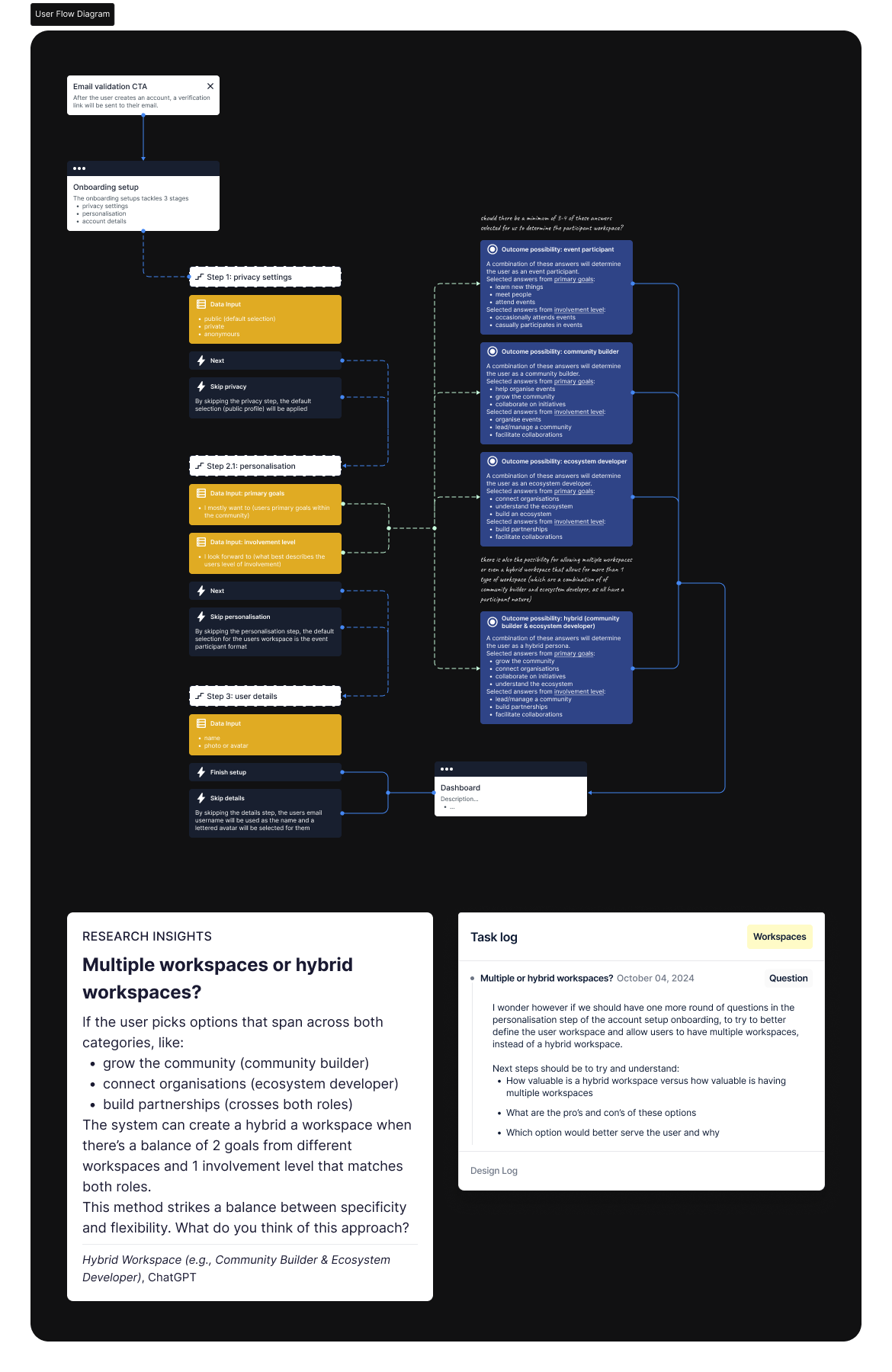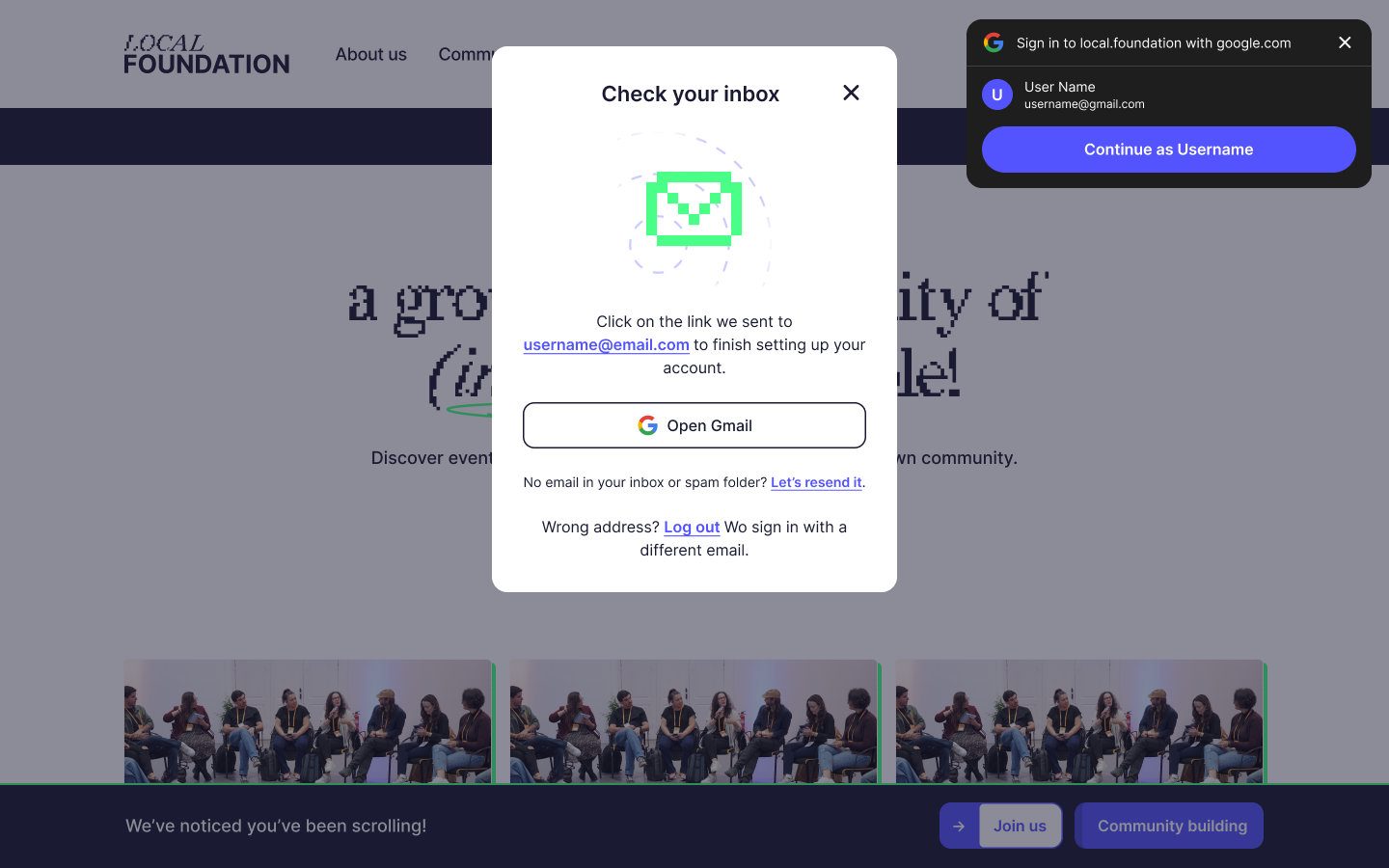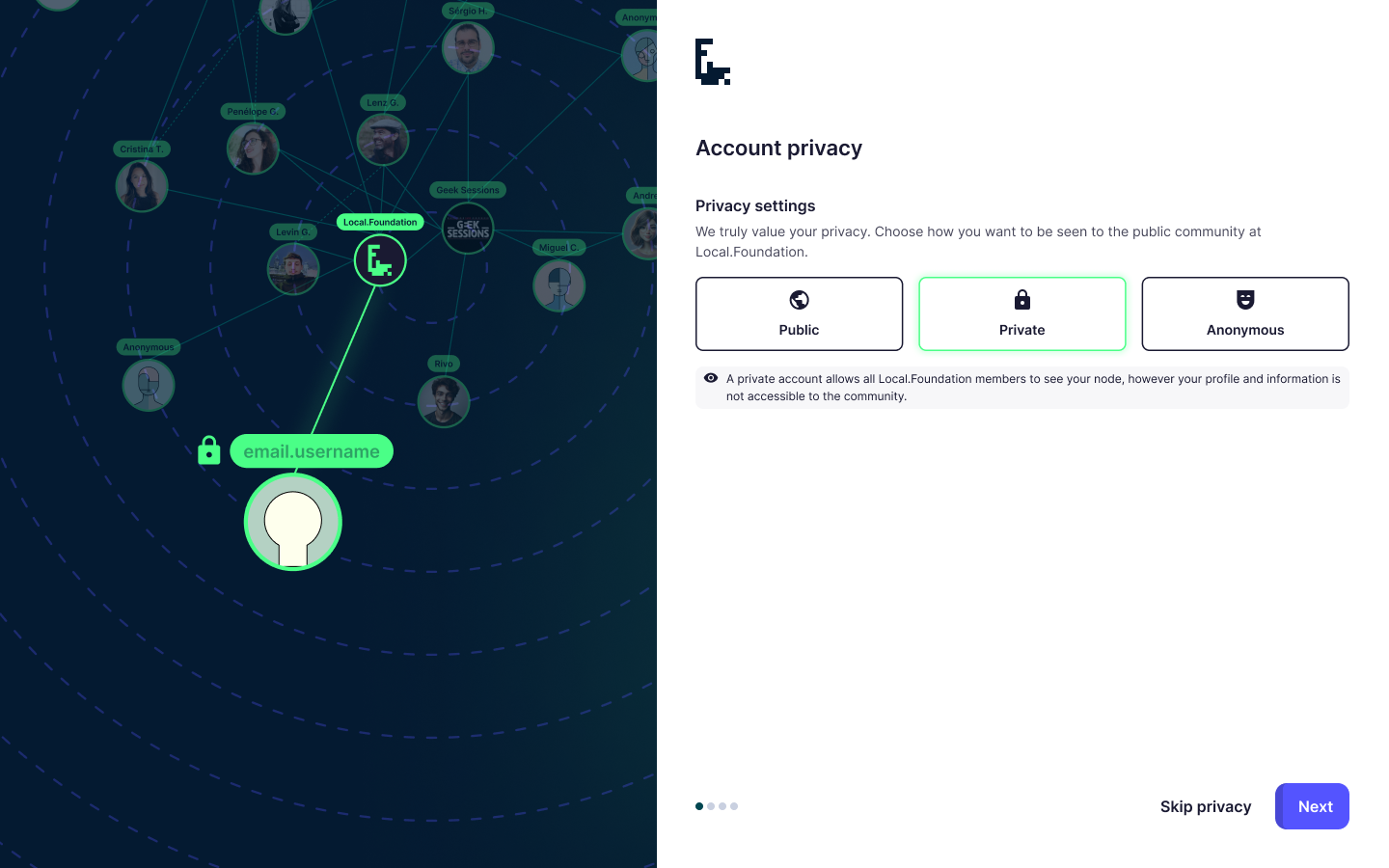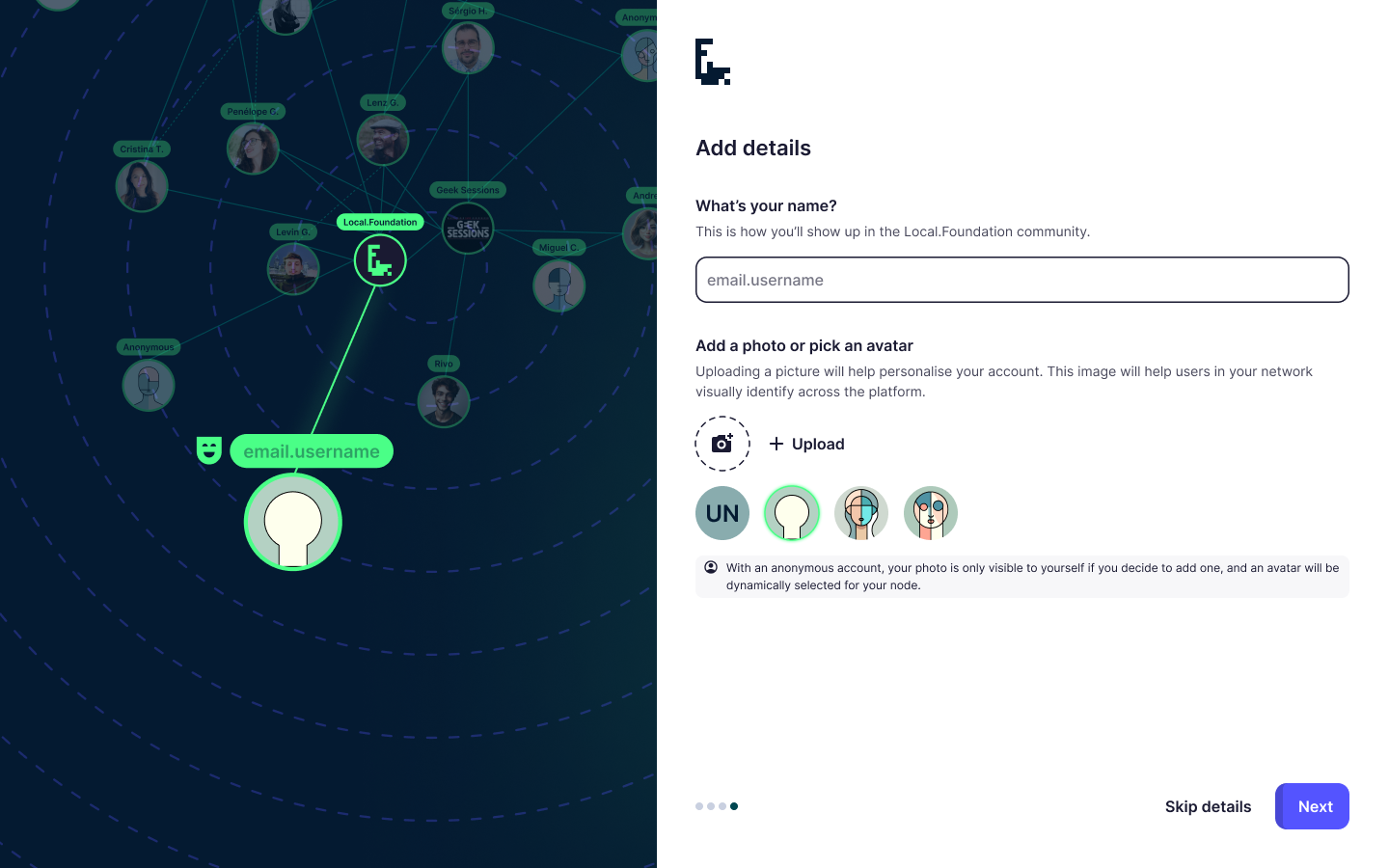Re-thinking onboarding practices to strengthen and improve consumer transparency in privacy ethics
According to consciouspatterns.in, onboarding and setting user-flows is where privacy deception is most commonly observed in India, however I’d argue we can observe that at a global scale. What if we could change that?

Role
Product Vision and Design. My mission at Local.Foundation is to re-think UX design patterns, languages and principle’s to improve and create experiences that respect ethics and consumer transparency in order to tackle privacy and settings deception patterns.
Discovery
We are currently in product build-phase at Local.Foundation, a project where I am voluntarily co-founding, and passionate about shaping the future of UX by changing product usability patterns of deceptive nature into ethical and transparent experiences that respect consumer privacy.
Usability deceptions is something that has in recent years started to spark my curiosity and discontentement, with the amount unethical practices taking place.
Research:
For Local.Foundation’s sign up and onboarding experience, I really want to create an ethical and transparent experience, and challenge the current product user-flow practices.
Onboarding and settings user-flows is where privacy deception is most commonly observed* in indian apps as stated, however, these can be observed at a global scale.
- 79% of the apps studied showed instances of privacy deception
- Out of the 53 analysed applications, 43 exhibited deceptive patterns in settings and profile management, and in 40, the deceptive patterns observed are related to data privacy and security settings
* Key research takeaways from consciouspatterns.in
❓ The question raised is, why is this important for Local.Foundation?
Design
Understanding user privacy preferences is an essential ethical factor because everyone’s privacy in the community is of the utmost importance for us at Local.Foundation, where our goal is to truly build a product with a user-centric approach in alignment with the business needs.
Sign up
The sign up process is simple. We need an email and a password. Nothing more, nothing less.

Onboarding
However, for the onboarding, is where I really had to re-think how business affected user needs, and how that played into the products user-experience.
Approaching the user-flow with a user-centric mindset, the privacy settings refer to the most ethical factor in play, as it is what determines the exposure of the users within the platform.
For the business, event though the primary objective is to get users to have any type of public account, we understand how that clearly interefers with the user’s choice of privacy, due to the ecosystem mapping foundation of the platform.
Therefore, to truly value and respect our users, understanding users privacy preferences becomes imperative during the onboarding process.
Hypothesis
The most common observed behaviour for onboardings is for the first step to inquire user details, such as name, birthdate, username, among other types of information.
For Local.Foundation, although getting users basic info and personalisation inquiry allows us to better personalise the experience for the user like the type of workspace setup, it is not a required piece of information. With that in mind, I found myself wondering…
What if we completely changed onboarding behavioural UX pattern, and prioritised the onboarding steps by order of information most required to least required*?
* most required being the information that has a direct or greater impact for users within the platform usage, features and functionalities

User-flow path
- The user creates an account using an email and password
- A verification email is sent to the provided address
- Clicking the verification CTA in the email redirects the user to the onboarding process
- Onboarding steps begin
Onboarding Process
The onboarding consists of 3 steps:
- Account privacy settings
- Workspace personalisation
- User basic info
All steps can be skipped at any time. If skipped, the default pre-selected options will be saved, including privacy settings and basic user details. If no personalisation is provided, a basic account (participant workspace) is created.
In case a user skips all steps, the default values are:
- Privacy Settings: Public account
- User Details: Email username and a randomly assigned avatar
Solution
From a user-centric perspective, this approach avoids deceptive practices in privacy settings by clearly presenting users with direct choices from the outset, prioritizing essential and impactful information.
From a business standpoint, this approach achieves the necessary outcomes without resorting to manipulative tactics, respecting the user’s autonomy while fulfilling business objectives.

This project is still on-going, more updates will continuously be posted.
Currently open for
Cristina Tulcidas — 024©








